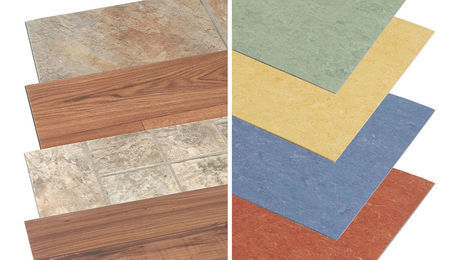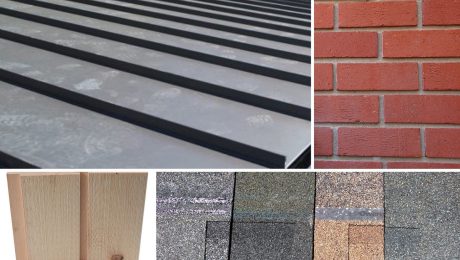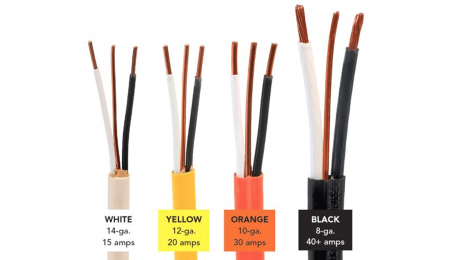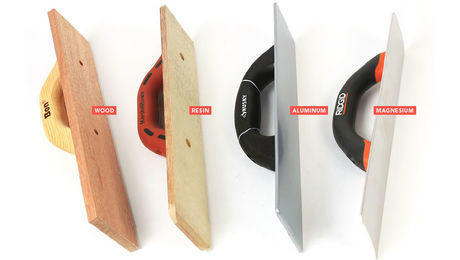What’s the Difference: Construction Adhesive
Are solvent-free, low-VOC products any good?
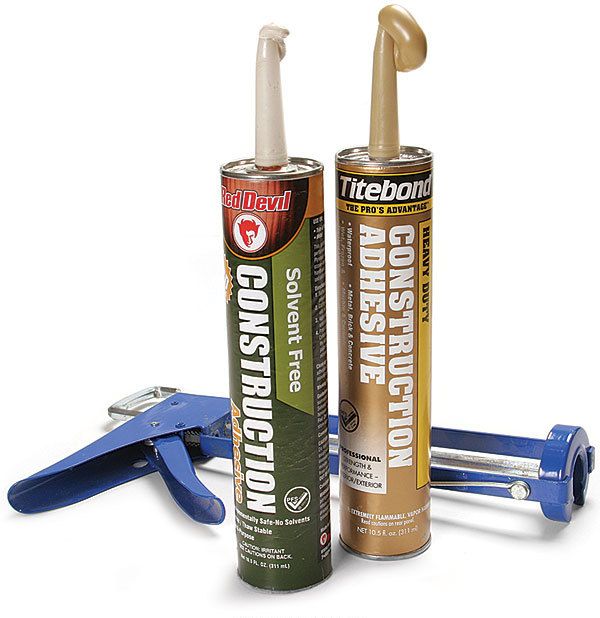
Solvent-free, low-VOC construction adhesives have been on the market for a long time. But the green movement has put these products in the spotlight.
On a recent project, an architect specified solvent-free, low-VOC construction adhesive to install bamboo-plywood panels. I had never worked with the adhesive before and decided to find out if it would hold up as well as the standard solvent-based stuff I’ve been using for years.
On the plus side, solvent-free construction adhesives are nonflammable and nontoxic, and when wet, they are easily cleaned up with water. They aren’t as hardy, though, when it comes to temperature fluctuations or exposure to rain. To remain stable, the adhesive needs to be kept dry and between 40°F and 100°F, a difficult task on the coldest and hottest job sites.
Another drawback is that solvent-free adhesives won’t bond to many metals and won’t set up properly if used to join two nonporous materials. Also, some manufacturers don’t recommend that solvent-free, water-based adhesives be used under hardwood flooring due to concern that the product could cause the wood to swell. When it comes to holding power, however, there’s virtually no distinction between each type of adhesive.
When inhaled, solvent-based adhesives can cause throat and eye irritation. Chronic exposure can lead to numbness in hands and feet, and blurred vision. However, solvent-based adhesive is the preferred product in extremely low temperatures and is best for adhering metal and nonporous materials.
Solvent-free: Made to meet industry standards
All solvent-free, low-VOC construction adhesive must pass the same rigorous ASTM-D 3498 and AFG-01 tests as solvent-based competitors.
Cost: Approximately $4 per 10-oz. tube
Solvent-based: Bad chemicals have real benefits
Unlike solvent-free adhesive, which cures by evaporation, solvent-based adhesive cures by chemical reaction. As a result, it sets up properly despite variations in temperature and humidity.
Cost: Approximately $4 per 10-oz. tube
Photo by: Krysta S. Doerfler
RELATED LINKS
